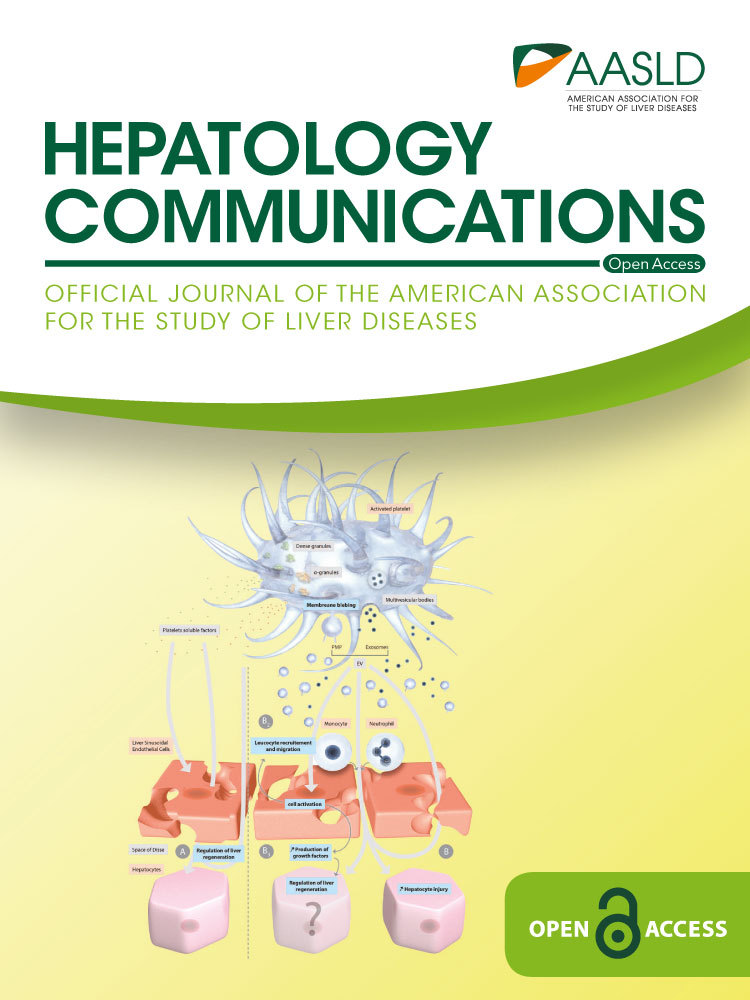Prothrombin Complex Concentrates Only After Thromboelastography
Abstract
Correspondence regarding a recent article involving the use of prothrombin complex concentrates.
To the Editor:
The article by Drebes et al.1 raises several issues regarding the use of clotting factors in patients with liver disease. They demonstrate that the use of prothrombin complex concentrates (PCCs) was effective in improving coagulation tests, prothrombin time, and international normalized ratio (INR). However, although INR may be used as a prognostic tool in liver disease, it has been demonstrated that conventional tests do not accurately predict the risk of bleeding.2 The fall in clotting levels seen in liver disease is accompanied by a parallel decrease in anticoagulant tests and a precarious rebalance of hemostasis. Similarly, the fibrinogen level does not reflect the functional activity of fibrinogen, as a functional dysfibrinogenemia develops in 50%-78% of patients with chronic liver disease.3 This interaction can be better demonstrated through the use of thromboelastography. Do the authors not agree that this should be carried out before the administration of PCCs, to demonstrate the total dynamics of clot formation, strength, and stability?




